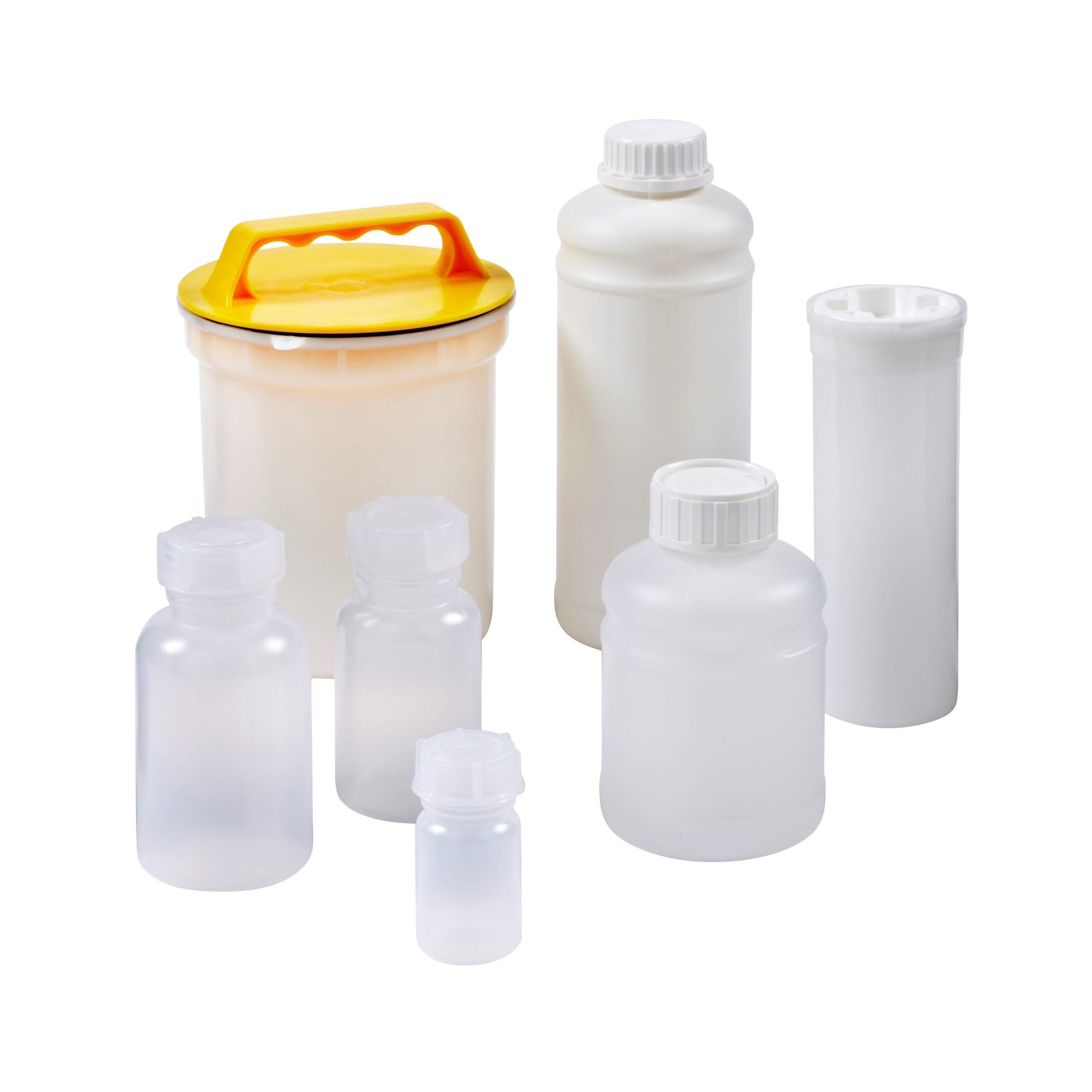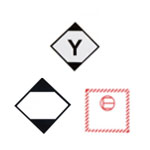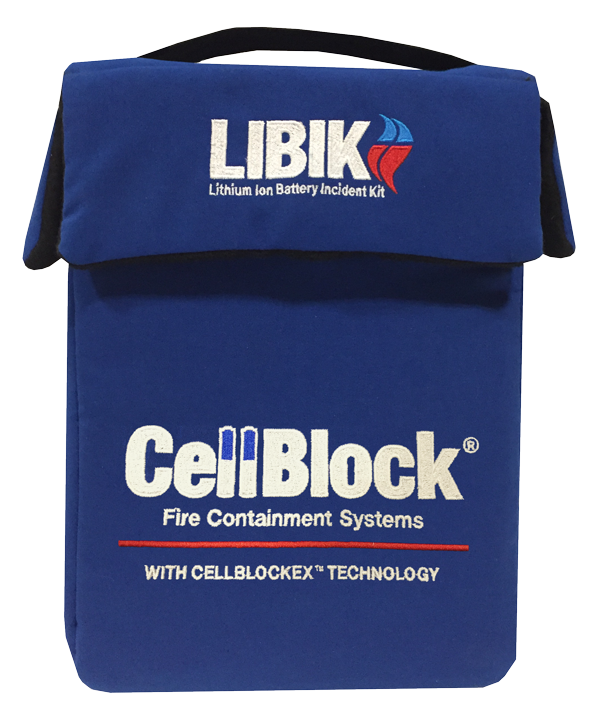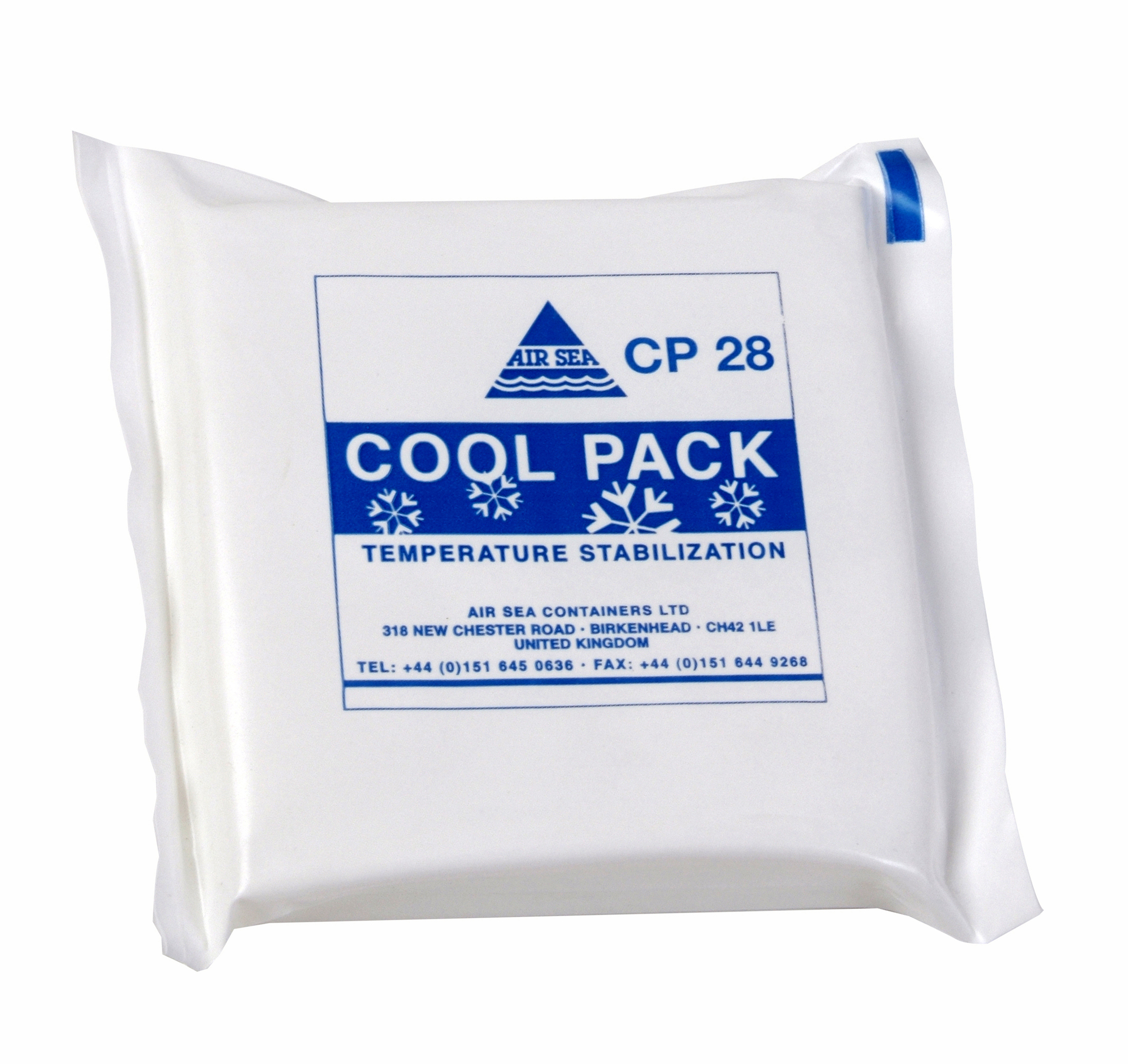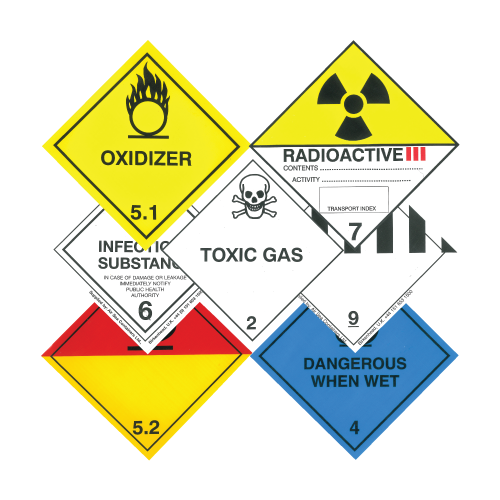What is UN Approved Packaging?
United Nations (UN) Approved Packaging has been designed, tested and certified to enable the safe transportation of Dangerous Goods via road, sea, rail or air.
Its purpose is to prevent and subsequently contain a leak or exposure should the substance/article or the packaging become compromised during transport.
What is a UN Specification Mark?
A UN specification mark identifies that a packaging has been approved to United Nations standards for the transport of dangerous goods by road, rail, sea and air. A UN specification mark will usually be made up of numbers and letters, directly following a ‘UN’ symbol. There are different variations of UN marks, for example those for solids or inners and those for liquids.
The below is an example of a UN specification mark that would be displayed on an approved fibreboard box – known as a 4G package.

Similarly, the next example relates to a UN approved steel drum with a removable head – code ‘1A2’.

The same drum with a non-removable head has a different UN mark – note the change to the ‘1A2’ for a removable head above, to a ‘1A1’ for a non-removable head, as shown below. This example also specifies it is approved with liquids, with the exclusion of the ‘S’ and inclusion of the density and pressure capability information. Note; when no density of liquid is shown then it is assumed it’s 1.2 density.

Let’s talk about the codes and what they stand for in more detail
Packaging Type Codes:
1 – Drum
2 – Reserved
3 – Jerrican
4 – Box
5 – Bag
6 – Composite Packaging
Packaging Material Codes:
A – Steel
B – Aluminium
C – Natural wood
D – Plywood
F – Reconstituted wood
G – Fibreboard
H – Plastics material
L – Textiles
M – Paper, multiwall
N – Metal (other than steel or aluminium)
P – Glass, porcelain or stoneware
Packaging Qualifying Codes
The letter ‘V’ following the packaging code signifies a “special packaging” conforming to a specific set of requirements as set out in 6.1.5.1.7 of the UN Model Regulations. For example, 4GV packaging.
W signifies: that the packaging, although of the same type indicated by the code, is manufactured to a specification different from that in 6.1.4 (requirements for packaging) and is considered equivalent under the requirements of 6.1.1.2 or 6.1.4 & 6.3.2.1 for Infectious Substance packaging UN Model Regulations.
U signifies: a special packaging for infectious substances conforming to specific requirements of 6.3.5.1.6 stated in the UN Model Regulations.
T signifies: a “Salvage Packaging” which are required to conform to a specific set of requirements as set out in 6.1.5.1.11 UN Model Regulations.
Category
Packaging types may have more than one category such as steel drums, for example whether the head is Closed Head (non-removable) 1, or Open Head (removable) 2. Example codes = ‘1A1’ for a non-removable head and ‘1A2’ identification for a removable head. See the table referred to in 6.1.2.7 (UN Model Regulations) which indicates the codes to be used.
UN Packing Groups
X = I
Y = II
Z = III
Which packing group is the most dangerous?
- Packing Group I (X): high danger.
- Packing Group II (Y): medium danger.
- Packing Group III (Z): low danger.
Did you know you can use packaging certified for packing group I (X) when transporting substances assigned to packing groups I (X), II (Y) or III (Z)?
Is the packaging approved for Solids or Liquids?
Solids:
‘S’ indicates the packaging is approved for Solids or Inners. For example, the UN mark displaying the following 4G/X60/S/ indicates the packaging is approved for solids or inner packaging and the package gross mass must not exceed 60kg. It’s worth noting that the approved inners used in 4G packaging will have been specifically tested and approved with liquids, solids or in some instances both, you must refer to the test certificate for confirmation whether solids or liquids are permitted.
Liquids:
Packaging that is approved for liquids will have a UN mark similar to the following, 1A1/X1.6/600. The 1.6 represents the liquid density and the 600 represents the pressure capability. Note; when no density of liquid is shown then it is assumed it’s 1.2 density.
If the packaging is approved for both solids and liquids, it will have two separate UN marks, one for liquids and one for solids.
Year of manufacture
This two-digit number represents the year the packaging was manufactured. It is important to remember that plastic UN approved packaging such as a 3H1 Plastic Jerrican, will have a shelf life of 5 years from date of manufacture and cannot be used as packaging to transport dangerous goods beyond this date.
State approval
Represents the state where the packaging was UN approved. For example, GB for Great Britain.
Approval ID
Each packaging which has successfully passed the relevant packaging tests and subsequently gained UN approved status is allocated an individual approval ID.
In the UK, the certification of each UN approved packaging type must be revalidated at least once every 5 years. The certificate holder is responsible for ensuring their packaging is sent for revalidation in good time. The process consists of the certificate holder sending a manufactured sample of the packaging and any inners to an official test station, checks against the original specification will then be performed on the packaging. End users should ensure that the packaging they are using is still valid for transportation and the approval certificate is up-to-date. It is worth noting that different states operate different periods of revalidation, in some cases every year.
Importance of understanding UN Marks
It is wise to familiarise yourself with all codes in a UN mark to ensure the packaging you are using is suitable and still valid for the goods you wish to ship.
Shippers must refer to the packing instructions in the relevant mode of transport regulations to determine allowances / restrictions for the shipment of the dangerous goods in question. The shipper can then select from the Packing Instruction the most suitable packaging for their requirements and one which is compatible with its contents.
Each UN packaging has the UN mark printed on it, the UN mark explains the design and capability of the UN packaging, from the material it is made of, to the packing group, permissible weight, it’s suitability for solids or liquids and its pressure capability. Understanding how to read UN marks is vital, it aids shippers in determining whether the UN packaging is appropriate to be used for shipping as per the packing instructions, it doesn’t however tell you how to use it. It is important to remember that once the correct UN packaging has been chosen, the shipper must assemble it as per the manufacturer’s instructions in order for the packaging to perform to its capability. If incorrectly assembled you risk invalidating the UN test certificate and could compromise the capability of the packaging.
If you require any assistance choosing the right packaging for your dangerous substances or articles, get in touch, our trained advisors are here to help.
Information correct at time of publishing, 14th December 2022
 UK
UK











